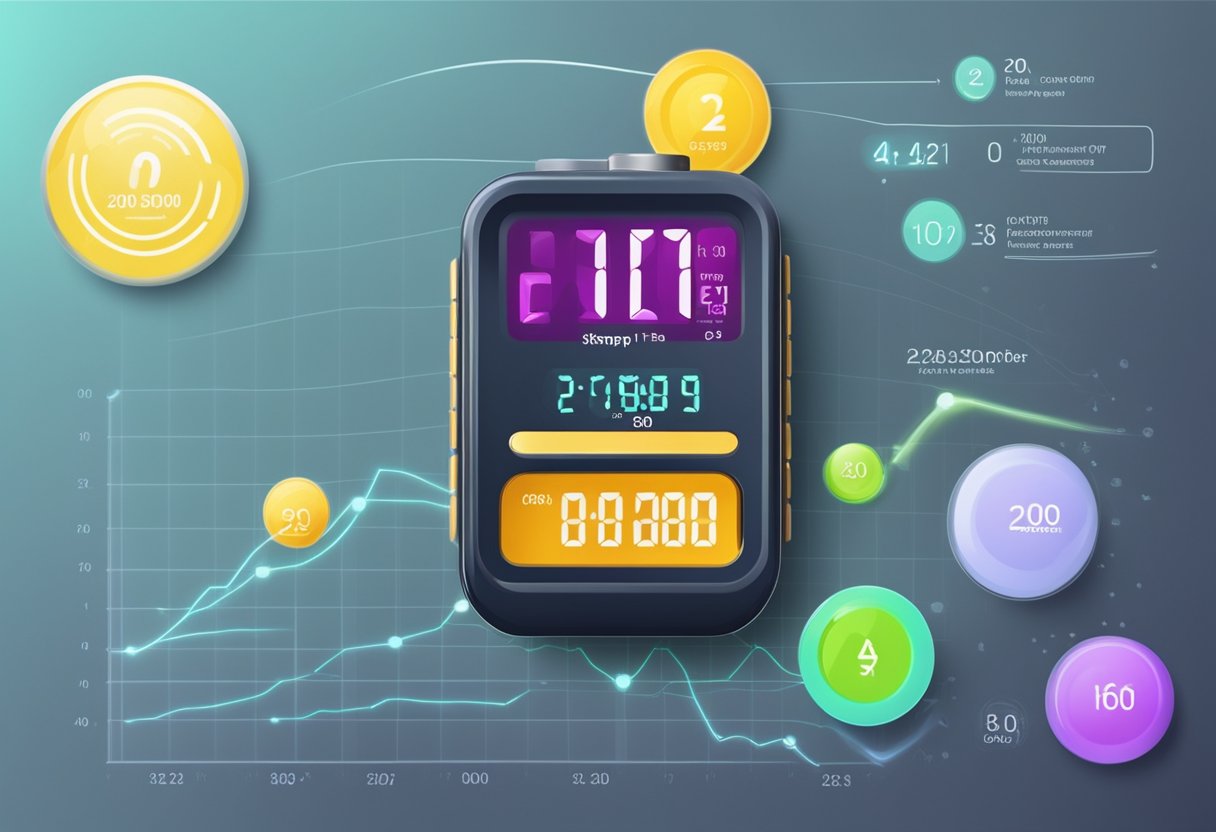Understanding the Puls Tabelle: A Comprehensive Guide
Dive deep into the world of the Puls Tabelle and discover how it can enhance your fitness routine and health monitoring.

What is a Puls Tabelle?
The Puls Tabelle, or pulse table, is a structured format that illustrates heart rate zones based on your maximum heart rate. This tool is crucial for athletes and fitness enthusiasts, helping them optimize their training and achieve specific fitness goals. By understanding your heart rate zones, you can effectively manage your workouts and monitor your cardiovascular health.
How to Calculate Your Maximum Heart Rate
To use a Puls Tabelle effectively, it's essential to determine your maximum heart rate (MHR). The most common formula for calculating MHR is:
- 220 - Age: This formula gives a general estimate of your maximum heart rate. For example, if you are 30 years old, your MHR would be 190 BPM (beats per minute).
Keep in mind that this is a basic estimation, and individual variances can occur based on fitness level, health conditions, and genetics. For a more accurate assessment, consider getting your MHR tested in a controlled environment, such as a sports performance lab.
Understanding Heart Rate Zones in Your Puls Tabelle
Once you have calculated your MHR, you can refer to the Puls Tabelle to understand various heart rate zones:
- Resting Zone (50-60% of MHR): Ideal for warming up and cool down.
- Fat Burn Zone (60-70% of MHR): Promotes fat loss while improving endurance.
- Aerobic Zone (70-80% of MHR): Improves cardiovascular fitness and strengthens the heart.
- Anaerobic Zone (80-90% of MHR): Enhances performance or speed, critical for athletes.
- Red Line Zone (90-100% of MHR): Maximum effort, generally not sustainable for long periods.
This breakdown helps you adjust your exercise intensity based on your training goals.
Benefits of Using a Puls Tabelle
Utilizing a Puls Tabelle offers multiple advantages:
- Optimized Training: By understanding your heart rate zones, you can tailor your workouts to achieve specific goals, whether they are fat loss, endurance, or speed.
- Improved Recovery: Monitoring your heart rate can help you identify recovery needs. If your resting heart rate remains elevated, it may indicate that your body is still recovering from previous workouts.
- Enhanced Performance: By training within specific heart rate zones, you can push your limits and improve your overall fitness performance.
- Health Monitoring: Regularly checking your heart rate can help detect potential health issues or overtraining scenarios.
Common Questions about Puls Tabelle
1. Can I use a Puls Tabelle without a heart rate monitor?
While it’s possible to estimate your heart rate manually, using a heart rate monitor is highly recommended for accuracy. Modern fitness devices can track your heart rate in real-time, allowing you to stay within your desired training zone.
2. How often should I refer to my Puls Tabelle during workouts?
It may be beneficial to check your heart rate at various intervals throughout your workout, especially when changing intensities. This practice will ensure you remain within your desired heart rate zone for optimal benefits.
3. Is the Puls Tabelle suitable for beginners?
Absolutely! The Puls Tabelle is a great tool for beginners, providing a clear framework for understanding cardiovascular exercise. However, it's important to start gradually and increase intensity as fitness levels improve.
4. What if my heart rate often exceeds recommended zones?
If you frequently find yourself in the anaerobic or red line zones, it may be a sign to reassess your training intensity. Consistently training at high heart rates can lead to burnout or injury. Consider incorporating lower-intensity workouts into your routine.
5. Can age or fitness level affect my heart rate zones?
Yes, both age and fitness level can significantly impact your heart rate zones. As you age, your maximum heart rate typically decreases. Additionally, well-trained athletes tend to have a lower resting heart rate and can sustain higher intensities compared to those who are less fit.
Conclusion
The Puls Tabelle is an excellent resource for anyone looking to enhance their understanding of heart rate training. By learning how to calculate your maximum heart rate and how to apply this knowledge to your workouts, you can achieve better results and maintain optimal health. Embrace the advantages of structured training through the Puls Tabelle and unlock your fitness potential!
New posts

Effective Strategies to Lower Blood Pressure
Fitness

Navigating Low Blood Pressure and High Pulse: Key Insights
Wellness

Combatting Fatigue from Low Blood Pressure: Causes and Solutions
Lifestyle

Understanding Why You Might Experience Niedriger Blutdruck
Lifestyle

Low Blood Pressure and Trembling: Understanding the Connection
Wellness

Understanding Ruhepuls 45: The Ideal Resting Heart Rate for Your Health
Fitness

Understanding Low Blood Pressure at Night: Causes, Symptoms, and Management
Wellness

Understanding Normal Pulse Pressure: What You Need to Know
Lifestyle

Understanding Ruhepuls 60: A Guide to Optimal Heart Rate
Fitness

Understanding Normal Pulse Rates: What Is a Normal Pulse?
Fitness
Popular posts

Understanding Low Diastolic Blood Pressure: Causes, Risks, and Management
Wellness

Understanding Low Diastolic Blood Pressure: Causes and What to Do
Wellness

Understanding Puls Unter 60: When Low Heart Rates Become Concerning
Fitness

Understanding Low Blood Pressure Symptoms in Men
Wellness

Understanding the Ruhepuls Tabelle: A Comprehensive Guide
Fitness

Low Blood Pressure and Trembling: Understanding the Connection
Wellness

Understanding Ruhepuls 50: What It Means for Your Heart Health
Fitness

Understanding Normal Pulse Pressure: What You Need to Know
Lifestyle

Understanding Low Blood Pressure and Its Effect on Vision Disturbances
Health

Understanding Wrist Blood Pressure Monitoring: A Comprehensive Guide
Wellness